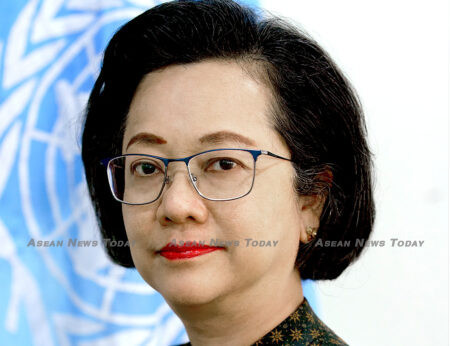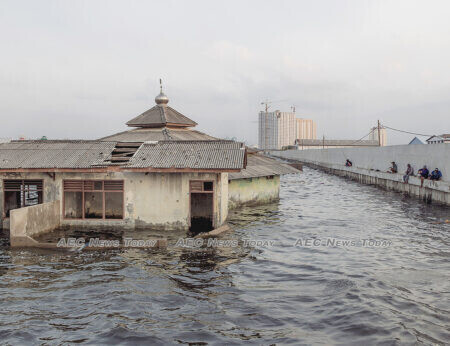This year marks the second anniversary of the COVID-19 pandemic, and while an end to the pandemic is in sight, it is far from over with the consequences to be felt for decades to come. At the same time, the 2030 Agenda for Sustainable Development is becoming increasingly distant. The region must use the 17 Sustainable Development Goals as a roadmap to a fairer recovery.

This year’s edition of the Asia and the Pacific Sustainable Development Goals Progress Report published by the United Nations Economic and Social Commission for Asia and the Pacific (UN-ESCAP) reveals three alarming trends.
First, the region is losing ground in its 2030 ambitions. In addition to our slowed progress, human-made crises and natural disasters have also hampered our ability to achieve the Goals.
We are seeing the gaps grow wider with each passing year: at its current pace, Asia and the Pacific is now only expected to achieve the 17 Sustainable Development Goals by 2065 – three-and-a-half decades behind the original goalpost. The region must seize every opportunity to arrest this downward trend and accelerate progress.
Backsliding on some Sustainable Development Goals
Second, while headway on some of the Sustainable Development Goals has been made in scattered pockets around the region, we are moving in a reverse direction for some of them at a disturbing rate.
Although the climate crisis has become more acute, there has been regression on responsible consumption and production (Goal 12) and climate action (Goal 13). And the news is only marginally better for targets dealing with industry, innovation, and infrastructure (Goal 9) and affordable and clean energy (Goal 7) as they fall short of the pace required to meet the 2030 Agenda.

Lastly, the need to reach those who are furthest behind has never been greater. The region is experiencing widening disparities and increased vulnerabilities. The most vulnerable and disadvantaged groups — including women, children, people with disabilities, migrants and refugees, rural populations and poorer households — are the victims of our unsustainable and non-inclusive development trends.
Some groups with distinct demographic or socioeconomic characteristics are disproportionately excluded from progress in Asia and the Pacific.
Understanding the intersection of key development challenges with population characteristics such as age, gender, race, ethnicity, health, location, migratory status and income is critical to achieving a more equitable recovery. We must work together as a region to ensure that no one or no country falls behind.
Although these trends are extremely worrying, there is some good news that helps our understanding of them: The number of indicators with data available have doubled since 2017. Collaboration between national and international custodian agencies for the indicators of the Sustainable Development Goals has significantly contributed to enhancing the availability of data. We must, however, continue to strengthen this cooperation to close the remaining gaps, as 57 of the 169 SDG targets still cannot be measured.
The sole focus on economic recovery post-pandemic is likely to hinder progress towards the Sustainable Development Goals, which was already lagging to begin with. As the region strives to build back better and recover, the 2030 Agenda can serve as a guiding mechanism for both economic and social development.
We – the governments, stakeholders and United Nations organisations that support them – must maintain our collective commitment towards a more prosperous and greener world.
This article was written by Armida Salsiah Alisjahbana, United Nations Under-Secretary-General and Executive Secretary of the Economic and Social Commission for Asia and the Pacific (ESCAP).
Feature photo UNDP/ Arantxa Cedillo
Related:
- A new transport agenda to carry Asia and the Pacific towards sustainable development (Asean News Today)
- Asia-Pacific response to COVID-19 needs social inclusion and environmental sustainability (video) (Asean News Today)
- Concerted effort needed to achieve all SDGs in Asia Pacific by 2030 (video) (Asean News Today)
Made up of 53 Member States and nine Associate Members, the region is home to 4.1 billion people, or two thirds of the world’s population.
ESCAP works to overcome some of the region’s greatest challenges by providing results oriented projects, technical assistance and capacity building to member States
Latest posts by United Nations Escap (see all)
- Ocean action needed now by Asia and Pacific countries – June 27, 2022
- Pandemic pushes Asia & Pacific Sustainable Development Goals further out of reach – March 17, 2022
- A new transport agenda to carry Asia and the Pacific towards sustainable development – December 14, 2021
- Bold and ambitious outcomes in civil registration needed to ensure no one left behind (video) – November 15, 2021


